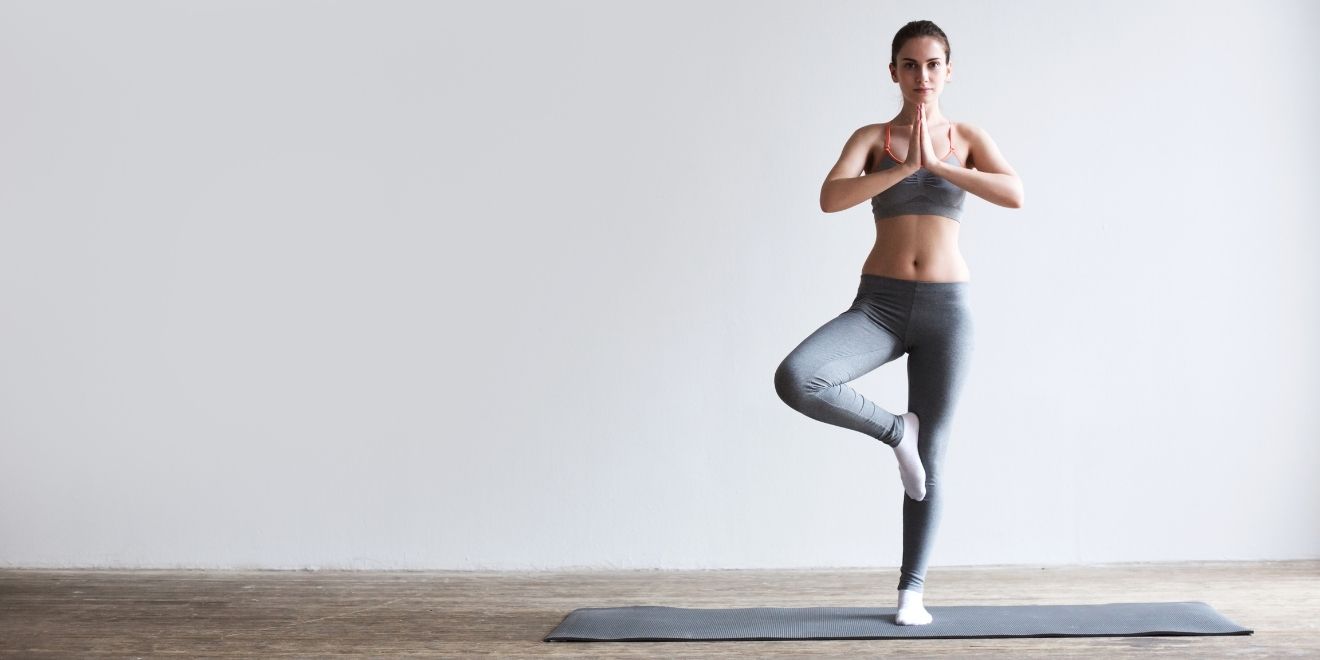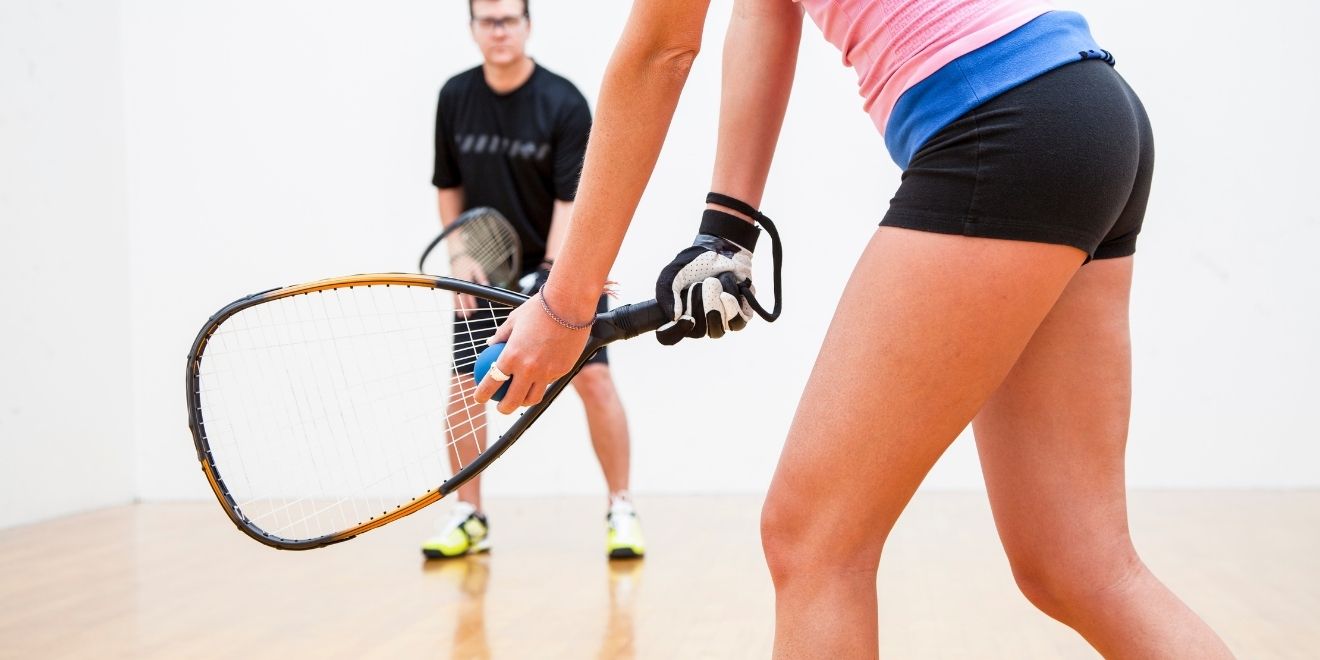
If you’ve ever found yourself thinking, “What is the pelvic floor?” And “How to strengthen the pelvic floor?” You aren’t alone!
Let’s face it.
The pelvic floor isn’t necessarily the sexiest group of muscles on our bodies. It’s likely that no one will ever tell you to “check out the pelvic floor on that guy or gal”. There are no machines at the gym dedicated to the pelvic floor. It largely lies in the out-of-sight and out-of-mind realm for most folks.
Even though it isn’t going to give you flashy results, working on your pelvic floor muscles has health benefits that are well worth the effort it takes to train them. Understanding what the pelvic floor is and how it functions is key to designing your core-dedicated workout.
What is the pelvic floor?
If you’re unfamiliar with what the pelvic floor is, you’re not alone. It’s not readily visible from the outside, and we don’t talk about it all that much. Simply put, a pelvic floor is a group of muscles that comprise the base of your core, and we all know how important having a strong core is. The muscles stretch like a hammock among the bones in your pelvis and support the organs above.
[embedded content]
Your pelvic floor also is responsible for keeping your continent, as it supports your bladder, bowel, and womb (in women). The anus, urethra, and vagina all pass through the pelvic floor, which places pressure on them to keep urine and feces in until you are ready to go. When these muscles relax, your bladder or bowel is allowed to drain. When the muscles aren’t strong enough, you may find that you have the urge to use the bathroom suddenly and more often.
Why a strong pelvic floor is important
Knowing what we know about the pelvic floor and its function, it’s easy for us to extrapolate why a strong pelvic floor might be important to our overall well-being. It supports our internal pelvic organs and keeps us from soiling ourselves. But what can happen if those muscles are weak or torn?
In women, one of the main concerns with a weak pelvic floor is prolapse.
Pelvic organ prolapse, or simply prolapse, is a condition where one or more pelvic organs sag into the vagina. This is due to your pelvic floor being too weak to support the organs. It can run in families and be more prevalent in the overweight and those who have experienced menopause, but the most common cause of prolapse is the stretching and tearing of the pelvic floor muscles due to childbirth.
[embedded content]
If you’re a man, you’re not out of the woods as a potential candidate for prolapse. Since men don’t have vaginas, they are more likely to experience what is called rectal prolapse. The difference is that your organs find a weak spot in the anus, and sag there. If you’ve had pelvic or abdominal surgery, it’s especially important to start a routine of strengthening exercises to keep the muscles toned. Your sexual health and continence may depend on it.
How to strengthen your pelvic floor
The best way to prevent most problems is to keep things running at peak performance. As a group of muscles we can control voluntarily, there are exercises we can do to strengthen our pelvic floors. Performing exercises that strengthen those muscles now can help prevent problems down the road.
Strength Training
One of the main ways people strengthen their pelvic floors is through what are called kegel exercises.
Kegels are often the first point of emphasis when treating incontinence and prolapse. They were developed in the 1940s by a gynecologist to help prevent women from leaking urine. Kegels are simple to do at home and are a great way to build up your pelvic floor muscles.

To do Kegels, you should ideally either lie down or sit comfortably. Tighten the muscles as if you are trying to prevent passing gas, and hold the contraction. If you’re doing it correctly, you should feel the contraction more at the rear of your pelvis than at the front. Aim to hold it for roughly 12 seconds and release.
If you are unable to hold it that long at the beginning, aim for around five seconds and release. Repeat this cycle ten times. It’s better to do a few sets throughout the day than to try to overdo it with lots of them at once.
Yoga
Yoga is an incredible way to work all the muscles of your body. You use your own body weight, so you’re less likely to overdo it. Yoga keeps you flexible and is a very low-impact way to engage and strengthen your whole body, and especially your core. Performing yoga in combination with any of your favorite core-strengthening cardio sports can help make those workouts more productive.

Get involved in core strengthening sports
Overdoing strength training exercises can do more harm than good, so it’s good to mix in cardio sports that work your core. Some exercises can overload our pelvic floors, so it’s important to choose the right workouts, especially if we’re already having any issues down there.
Sports that are especially high impact tend to weaken the pelvic floor muscles because each time you crash down with all your body weight, the downward force of your internal organs can strain the muscles meant to support them.

Strengthening your entire core is the best way to keep your pelvic floor strong. Finding a fun sport that supports your core is the most painless way to make gains.
Impact sports
Impact sports like racquetball are great for strengthening all core muscles, including the pelvic floor. You work almost all of your main muscle groups during a match, but your lower back and core are engaged throughout. Since strengthening your core is a good start towards feeling better both physically and emotionally, impact sports are indeed a great option.
As an added benefit, impact sports can be used to release your pelvic floor if it is overactive. People use them to perform something called myofascial release. It’s a way to reach deep muscles and work them.
To do this, place the ball on the inside of one of your Sitz bones, which are the bony protrusions you can feel if you bend forward and touch your bottom, and sit on the ball. You can use a small cushion or towel for padding if it feels uncomfortable. Take a few deep breaths, then move the ball slightly forward and repeat.
Once you have worked from the back to the front of your pelvis, switch sides and repeat. It’s a great way to massage those muscles and help them relax.

Water exercises
Any sport that takes place in the water is great for people who have issues completing high-impact workouts since the resistance provided by the water mitigates any impact. Swimming is a great activity for utilizing most of the muscles in your body and giving your core an incredible workout.
If swimming laps sounds like too much for you when getting started, taking a beginner’s water aerobics class or simply walking in the water can be a good way to start.
Low impact exercise classes
If you’re not ready to jump in the pool or onto the court, signing up for a low-impact exercise class might be a good route. The class atmosphere keeps things fun, and the low-impact nature of the class helps you strengthen your core without overloading it.

Starting your routine
No matter which exercise sounds enjoyable to you, the most important thing is that you start a routine. It’s never too early, and it gets much harder if you start too late. Strengthening your pelvic floor will prevent issues down the road, and help to keep you happy and healthy.


